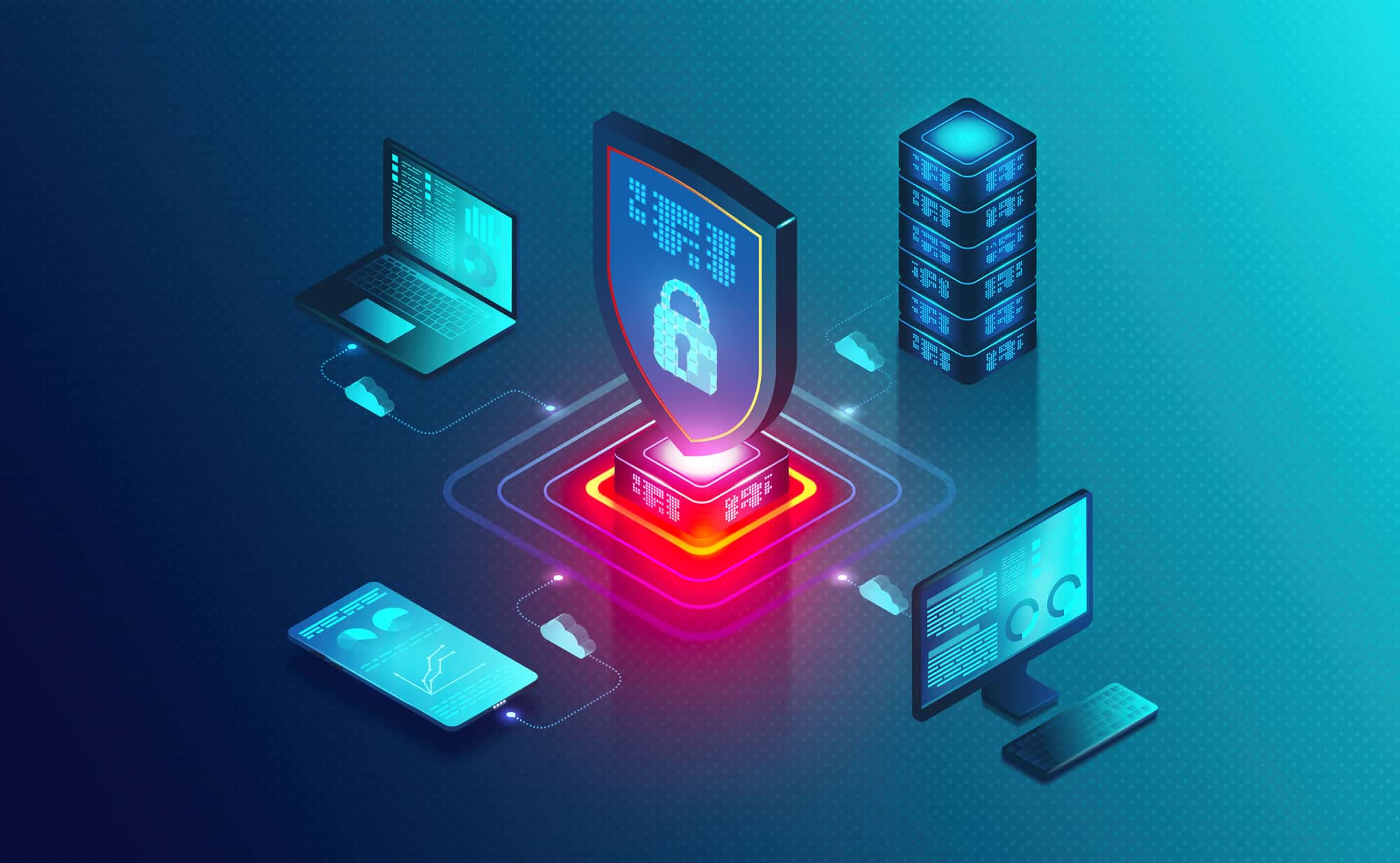🔐 Cybersecurity: The High-Stakes Frontier of the Digital World
🔐 Cybersecurity: The High-Stakes Frontier of the Digital World
🔍 Introduction
In our increasingly interconnected world, where everything from banking to healthcare operates digitally, cybersecurity has emerged as a critical pillar of technological stability and trust. As cyber threats evolve in complexity and scale, cybersecurity is no longer just a technical domain but a strategic imperative for businesses, governments, and individuals alike.
This high-level blog explores cybersecurity from a technical, strategic, and ethical lens. We will cover threat landscapes, key technologies, modern defense strategies, notable cyberattacks, legal frameworks, and the future of digital security.
🤓 What is Cybersecurity?
Cybersecurity refers to the practice of defending computers, servers, mobile devices, electronic systems, networks, and data from malicious attacks. It encompasses a broad spectrum of technologies and practices aimed at ensuring confidentiality, integrity, and availability (CIA) of digital assets.
Cybersecurity branches include:
-
Network Security
-
Information Security
-
Application Security
-
Cloud Security
-
Operational Security
-
End-User Education
🚨 The Evolving Threat Landscape
1. Malware
Malicious software designed to harm, exploit, or disable systems. Types include viruses, worms, Trojans, spyware, ransomware, and adware.
2. Phishing
Social engineering attacks where attackers deceive individuals into revealing personal or financial information.
3. Ransomware
A type of malware that locks or encrypts data and demands payment to restore access. Example: WannaCry, REvil.
4. Advanced Persistent Threats (APTs)
Long-term targeted attacks often carried out by nation-states or organized cybercrime groups.
5. Insider Threats
Employees or contractors who intentionally or unintentionally compromise security.
6. Zero-Day Exploits
Attacks that exploit unknown vulnerabilities before they are patched.
🚀 Key Cybersecurity Technologies
1. Firewalls
First line of defense that monitors and controls incoming and outgoing network traffic based on predefined rules.
2. Intrusion Detection and Prevention Systems (IDPS)
Tools that detect and prevent malicious activities or policy violations in real-time.
3. Encryption
Secures data in transit and at rest using algorithms like AES, RSA, and ECC.
4. Multi-Factor Authentication (MFA)
Requires two or more verification methods to gain access, reducing the likelihood of unauthorized access.
5. Security Information and Event Management (SIEM)
Centralizes the collection, analysis, and monitoring of security data across the organization.
6. Endpoint Detection and Response (EDR)
Monitors end-user devices and enables real-time threat detection and response.
🧰 Notable Cyberattacks and Incidents
1. SolarWinds Hack (2020)
A sophisticated APT attack that infiltrated U.S. government agencies and Fortune 500 companies via a software supply chain breach.
2. Equifax Data Breach (2017)
Exposed personal data of over 140 million people due to a vulnerability in a web application.
3. Colonial Pipeline Attack (2021)
A ransomware attack that disrupted critical fuel supply across the U.S. East Coast.
4. Stuxnet Worm
A cyberweapon designed to damage Iran’s nuclear program; widely considered the first real cyberwarfare tool.
🔧 Cyber Defense Strategies
1. Zero Trust Architecture
Assumes that threats exist both inside and outside the network and requires strict identity verification.
2. Defense in Depth
Implements multiple layers of security controls across systems to ensure redundancy and resilience.
3. Threat Intelligence
Gathers data on emerging threats to proactively defend against potential attacks.
4. Red Teaming & Penetration Testing
Ethical hacking exercises designed to test the robustness of an organization's defenses.
5. Incident Response Plans
Clearly defined procedures for detecting, containing, and recovering from cyber incidents.
📈 Regulatory and Legal Frameworks
-
GDPR (General Data Protection Regulation) – EU law for data privacy and protection.
-
HIPAA (Health Insurance Portability and Accountability Act) – U.S. healthcare data protection.
-
CCPA (California Consumer Privacy Act) – State-level data protection regulation.
-
Cybersecurity Maturity Model Certification (CMMC) – For U.S. Department of Defense contractors.
-
India's Digital Personal Data Protection Act (DPDPA) – Expected to regulate data usage and consent.
Legal compliance is critical not only for avoiding penalties but also for maintaining user trust.
🥇 The Role of AI and Machine Learning in Cybersecurity
-
Anomaly Detection: Identifying unusual behavior in networks or user activities.
-
Automated Threat Hunting: ML models can scan vast datasets for threat indicators.
-
Phishing Detection: NLP and ML help classify and block phishing emails.
-
Behavioral Analytics: AI helps monitor user behavior and detect deviations.
However, attackers are also leveraging AI for automated phishing, deepfake scams, and intelligent malware.
🌐 Cybersecurity in Cloud and IoT
Cloud Security
-
Shared responsibility model
-
Data encryption and tokenization
-
Secure access controls and identity federation
IoT Security
-
Firmware patching
-
Device authentication
-
Network segmentation
With billions of connected devices, securing the IoT ecosystem is one of the most pressing challenges.
🌟 The Future of Cybersecurity
1. Quantum-Resistant Cryptography
As quantum computing evolves, existing encryption methods will become vulnerable, necessitating new cryptographic techniques.
2. Cybersecurity Mesh Architecture (CSMA)
A decentralized security approach that extends controls closer to the identity and assets.
3. Regulatory Expansion
More nations and sectors are likely to enforce strict cybersecurity and data protection regulations.
4. Human Factor Reinforcement
Security awareness training and behavioral analytics will be crucial to counter phishing and social engineering.
5. Autonomous Cyber Defense
AI-based systems capable of autonomous detection and remediation of threats in real-time.
🔹 Conclusion
Cybersecurity is no longer an IT issue; it's a boardroom-level concern, a matter of national security, and a personal necessity. With the threat landscape growing in sophistication, a proactive, multi-layered, and AI-augmented approach is essential.
As technology advances, so do cyber risks. Staying informed, adopting cutting-edge solutions, and nurturing a culture of security are our best defenses in this digital age.



Post a Comment